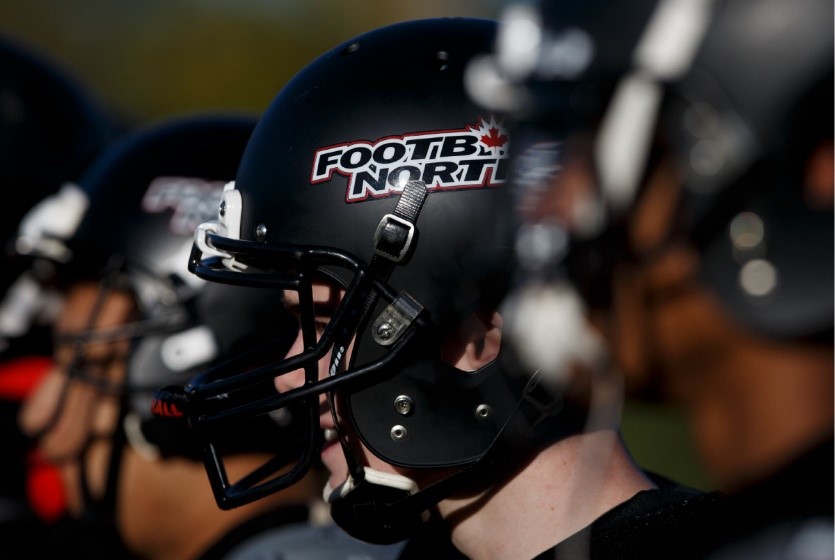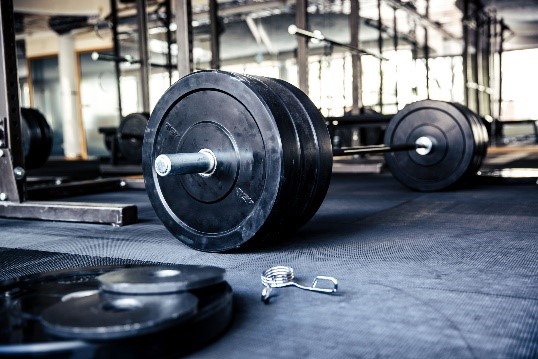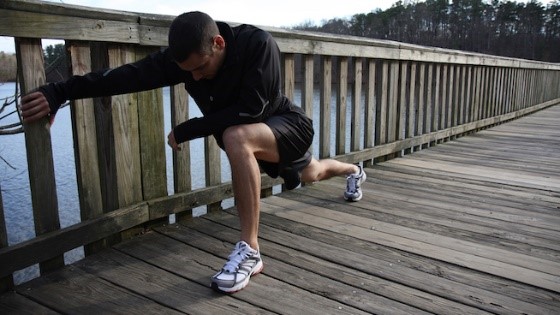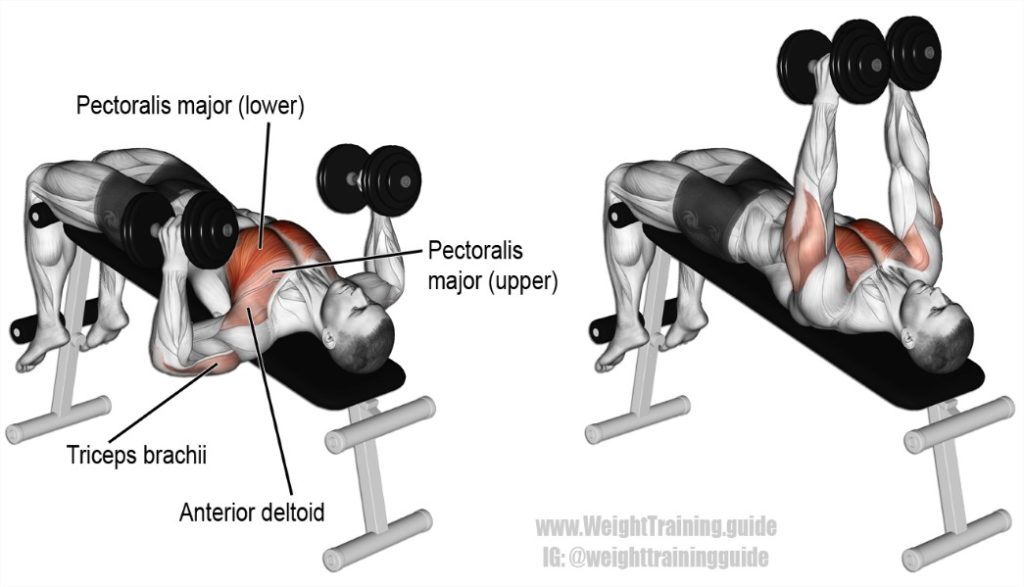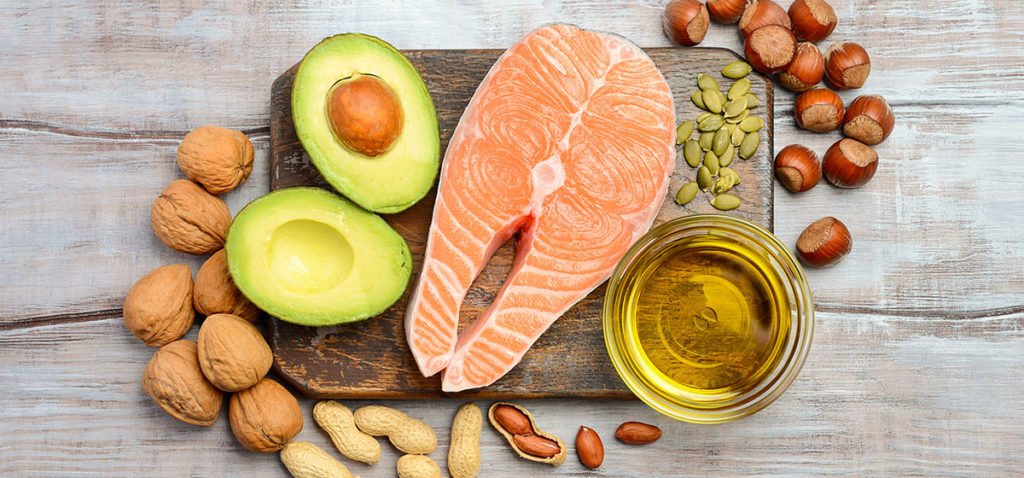The ankle joint and surrounding structures is one of the most important joints in the human body for athletic performance. Many athletic activities in sport require tremendous amounts of force being applied and re-directed through this joint including sprinting, jumping, cutting and the changing of direction.
While stiffness in the ankle joint is generally regarded as a negative, there is something to be said for having the right amount of stiffness in the ankle joint. The term stiffness generalized to a lack of mobility in the ankle, however in this sense when we are talking about stiffness, we mean the ability to absorb and re-apply force. You can think of this as jumping as high as you can and then asking the body to jump again with eh same effect. This requires a tremendous amount of stiffness in the ankle joint to absorb and re-apply force to create another maximal jump. Stiffness in the ankle joint allows for less energy to be lost and the ability to still produce a large jump.
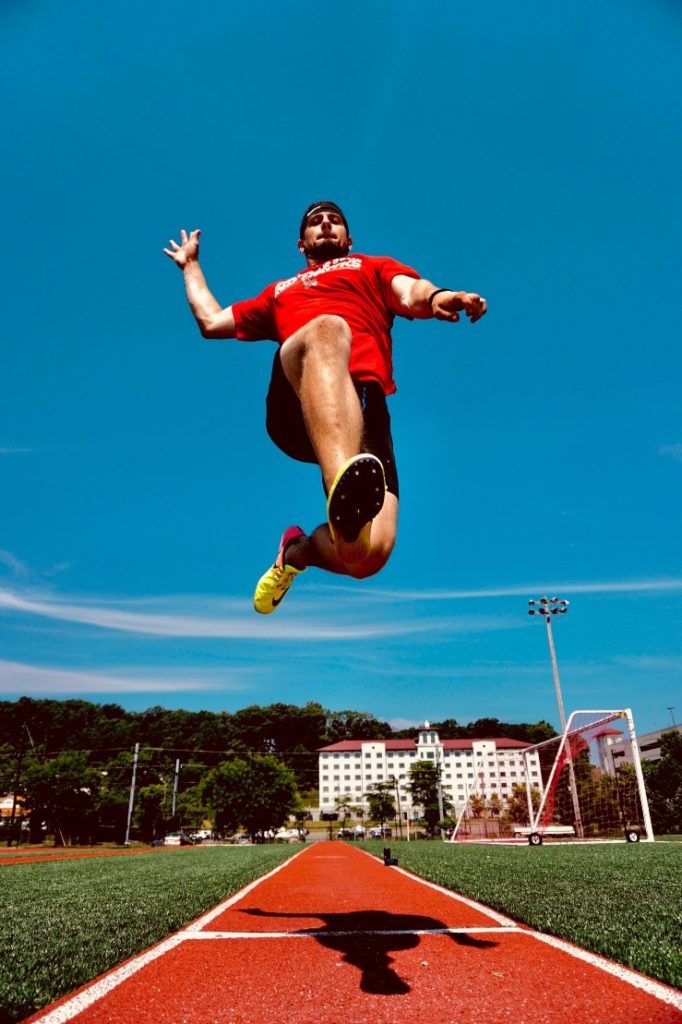
However, a general amount of ankle mobility is required to produce maximal force and to achieve athletic angles and positions in sport. Additionally, in the weight room ankle mobility can be a major impediment to individuals being able to reach a desired range of motion exercises such as the squat (along with other exercises), which can cause issues in terms of technique and form breakdown. The inability to exercise in full ranges of motion with certain exercises can impede the improvements in athleticism we see with training.
Want To Know How Your Ankle Mobility Stacks Up? Try This.
- Get into a half kneeling position with your shoes off.
- Place your toes 3-5 inches away from a wall.
- Drive your knee over your 2nd toe and see if you can touch your knee against the wall without lifting your heel off of the ground.
Come in to SST to check out the different strategies we use with our athletes to help improve ankle mobility and increase stiffness to help make our athletes stronger and faster!



